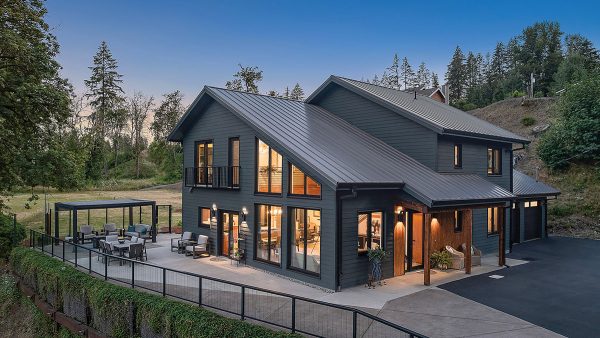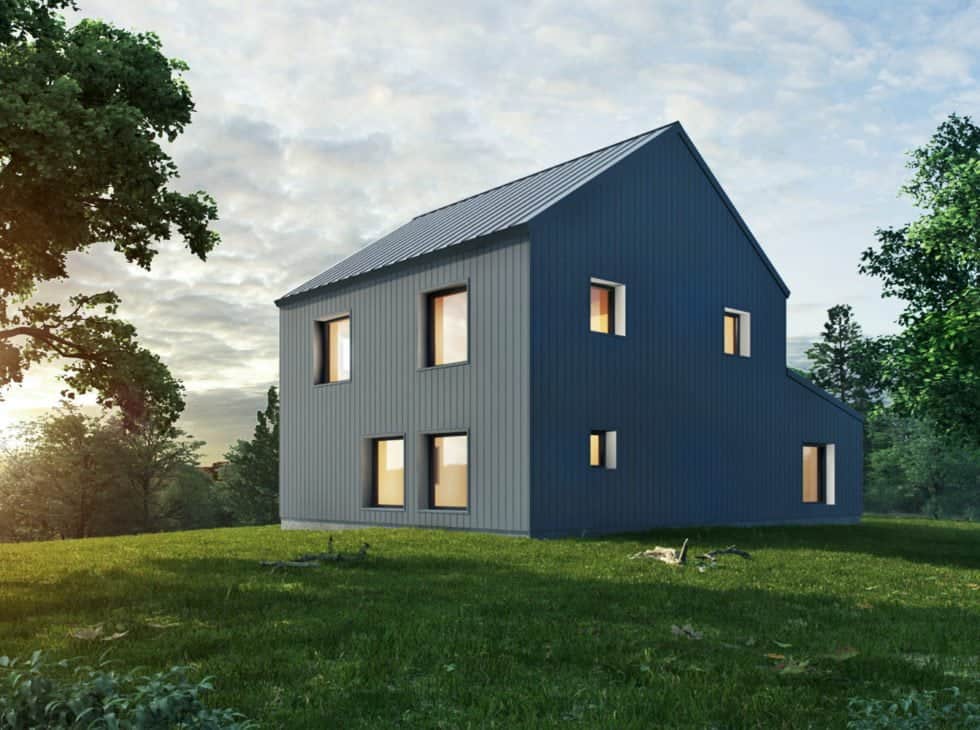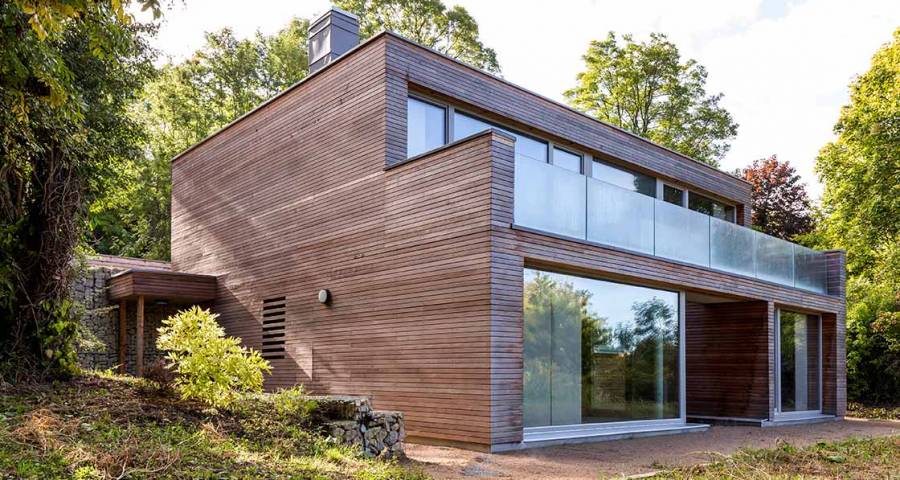Designing windows for a passive house requires a unique approach. The goal is to maximize energy efficiency and comfort while minimizing environmental impact. This guide will walk you through the key considerations in passive house window design.
Before we delve into the specifics, it’s important to understand the principles of passive house design. You can learn more about this in our article on passive house design principles.
Key Aspects of Window Design for Passive Houses
When designing windows for a passive house, there are several key factors to consider. These include the size and placement of the windows, the type of glazing used, and the framing material.
Choosing the Right Window Size and Placement
In a passive house, the size and placement of windows play a crucial role in maintaining a comfortable indoor temperature. Larger windows can allow more natural light and heat into the home, but they can also lead to greater heat loss if not properly insulated.
Selecting the Appropriate Glazing
Glazing is another critical element in passive house window design. Double or triple glazing can significantly reduce heat loss, while low-emissivity (low-E) coatings can further enhance energy efficiency by reflecting heat back into the home.
Choosing the Right Framing Material
The framing material is another important factor in passive house window design. Wood, vinyl, and fiberglass are all popular choices due to their excellent insulating properties.
For more detailed information on passive design, check out this comprehensive passive design checklist.
To further enhance your passive house’s energy efficiency, consider these options: mount a solar cam by your window and use sunlight for reliability.






